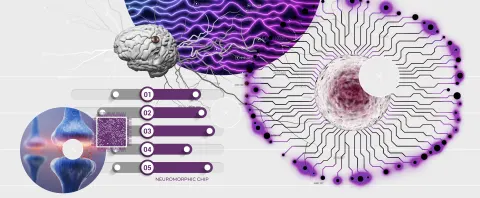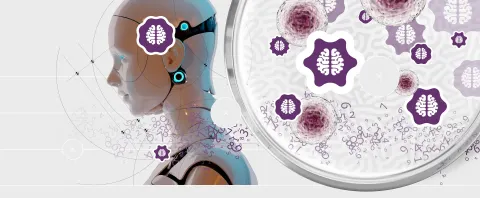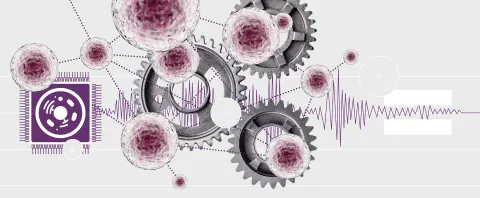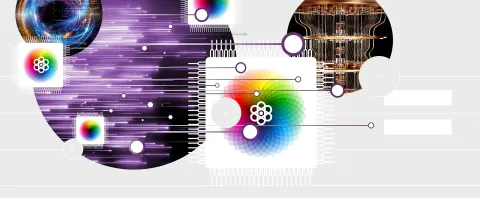Associated Sub-Fields:
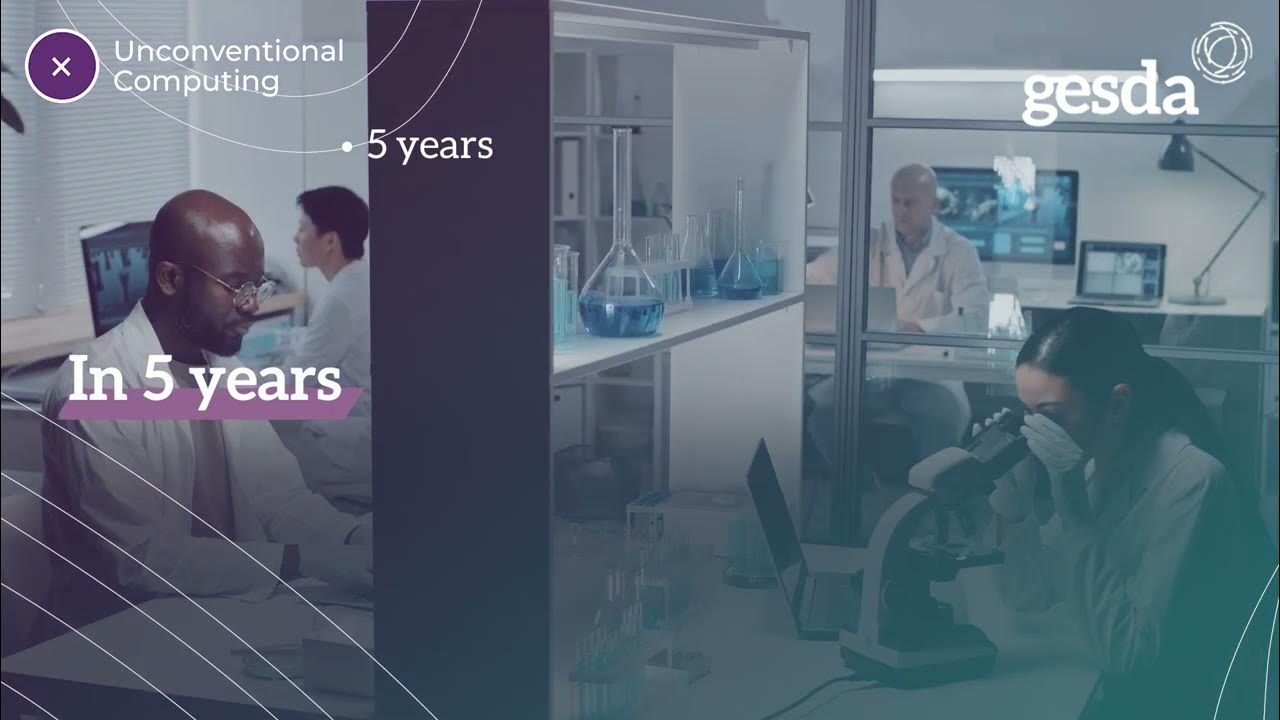
In part, the interest in unconventional computing has been driven by a growing appreciation that information-processing is a fundamental part of many natural processes and that clever engineering can help harness these processes for our own use. Efforts to exploit the unique behaviour of quantum systems — covered elsewhere in the Radar — have achieved the most attention and investment. But a host of other unconventional approaches to computing show promise.
The unique capabilities of the human brain have drawn considerable attention, for example. Today’s AI software is already loosely inspired by the way neurons work, but neuromorphic engineers are attempting to go a step further and create hardware that more faithfully replicates the brain’s form and function. Others are investigating whether small conglomerations of brain cells known as organoids can be coaxed into solving computational tasks.
Even simpler biological processes may hold enormous computing potential. DNA’s ability to encode, transform and replicate information holds clear parallels to the binary code at the heart of classical computers, and raises the possibility of controlling more complex cellular and intercellular processes that could enable us to go beyond conventional circuit-based computing paradigms.
The prospect of encoding computations in light rather than electricity is also showing significant promise. The approach could offer substantial speed-ups on a variety of problems, including AI, and commercialisation is already well under way.
KEY TAKEAWAYS
Although the standard pathways of computing technology have created a revolution in the human experience, there are other ways of processing information that might offer radically different possibilities. One is Neuromorphic computing, where technology aims to mimic the architectures and processes, where they are understood, of the biological brain. Given evolution’s role in developing biological brains, this has the potential to be fast and energy-efficient. Also in progress is an exploration of Organoid intelligence, where biological brain tissue is grown at very small scale and its signal and information-processing capabilities explored by in vitro experiments. In Cellular computing, the biological machinery inside networks of cells could one day be harnessed to solve challenges in areas as varied as environmental remediation and drug discovery. This involves computing with whole molecules as the input and output, and has the potential to perform a variety of tasks that are beyond the capabilities of conventional computing. On a different tack, researchers are experimenting with replacing the electrons of traditional computing with the photons of Optical computing. This has several potential advantages, including high data throughput and improved energy efficiency.
Anticipatory Impact:
Three fundamental questions guide GESDA’s mission and drive its work: Who are we, as humans? How can we all live together? How can we ensure the well-being of humankind and the sustainable future of our planet? We asked researchers from the field to anticipate what impact future breakthroughs could have on each of these dimensions. This wheel summarises their opinions when considering each of these questions, with a higher score indicating high anticipated impact, and vice versa.
- Anticipated impact on who we are as humans
- Anticipated impact on how we will all live together
- Anticipated impact on the well-being of humankind and sustainable future of our planet







